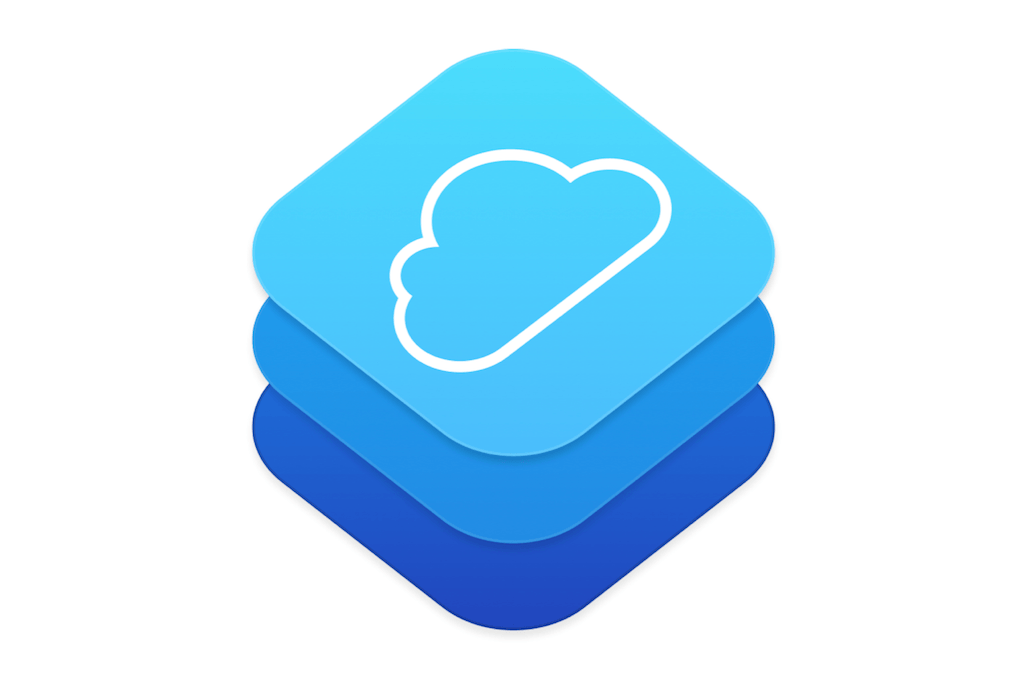One of the greatest tasks that developers have to perform, is to find and implement a proper way to store the application data. Undoubtably, there’s no application in any platform that doesn’t need to save some kind of data at some point. Depending on the nature of the application usually, the amount of data that should be saved varies, and most times everything is stored locally, to the same device running the application. This is not the only option though. With all the cloud services being available today, an app can also store data on the cloud, and either totally avoid to keep data locally, or handle it both locally and remotely.
There are various web services providing cloud services, which are usually free up to a specific space. Among them of course is Apple, and the cloud service it provides is the well-known iCloud. Developers have access to iCloud, and they can use it as a storage mechanism. There are various ways to store and fetch data from iCloud, but in this tutorial we’ll focus on a specific one: The CloudKit framework.

CloudKit is the best tool you have in your hands when you deal with structured data (meaning not just files and documents) and want to save it on the web. The way CloudKit works, could be easily compared to the way of any database, as the data handling is taking place using databases, records, etc. Actually, a CloudKit record is what we all know in iOS as a dictionary, enriched of course with extra data that CloudKit needs and handles. As you’ll see through the next parts of this tutorial, working with that framework is fun and not especially difficult.
